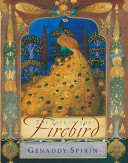
When Prince Ivan sets out to find the Firebird for his father the tsar, he must complete a series of tasks before obtaining the Firebird and winning the hand of a beautiful princess.

When Prince Ivan sets out to find the Firebird for his father the tsar, he must complete a series of tasks before obtaining the Firebird and winning the hand of a beautiful princess.
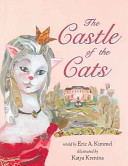
When a farmer sends his sons on three quests to determine who will inherit the farm, Ivan, who is small and simple, finds good luck and wonderful treasures in a castle filled only with cats in fancy costumes and wigs.

On Christmas Eve, a young boy enters an ice-webbed forest, where he encounters an old blind man who is hunting the wonderous and elusive white stag.
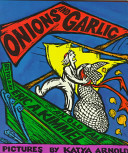
The youngest of a merchant’s three sons proves that he is not as foolish as he was thought to be when he trades a sackful of onions for a fortune in diamonds.
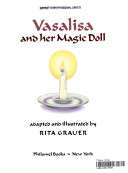
A retelling of the old Russian fairy tale in which beautiful Vasalisa uses the help of her doll to escape from the clutches of the witch Baba Yaga.
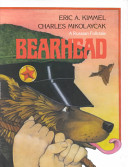
Bearhead succeeds in outwitting the witch Madame Hexaba and a frog-headed goblin. Half-bear and half-man, he outwits an evil witch by being totally honest.
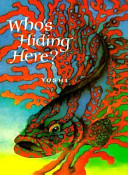
A rhyming text explores animal camouflage, while die-cut pages reveal the animals hiding throughout the book.
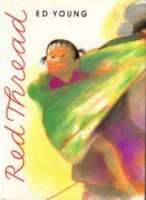
Early one morning Wei Gu meets an old man from the spirit world who tells the young bachelor about his future bride and their life together.

A boy pursues and captures elusive butterflies but decides that it is more fun to carry home his memories than a trophy.
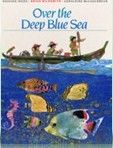
Prejudice linked to an event from the past threatens the friendship that Akiko and her brother have made with a boy on their new island home.